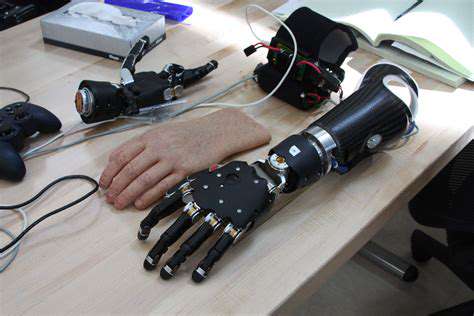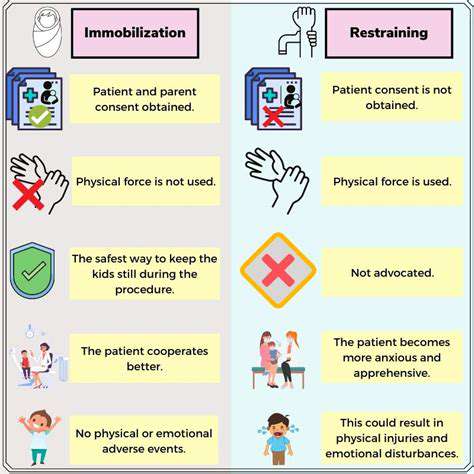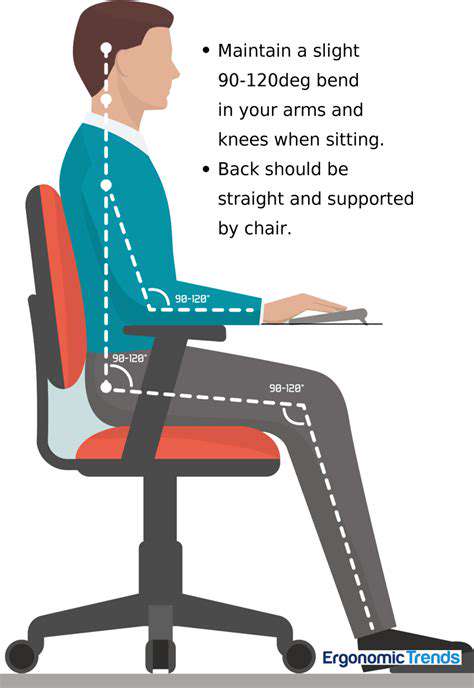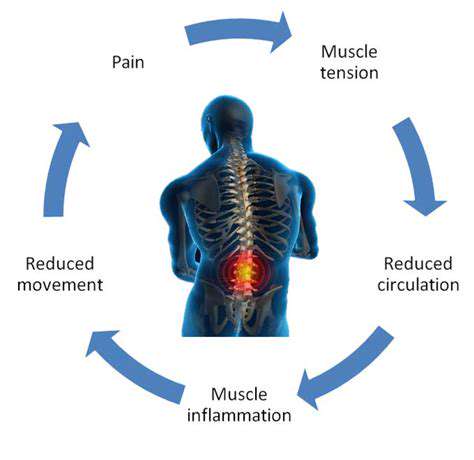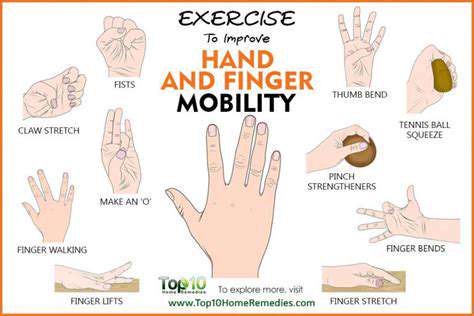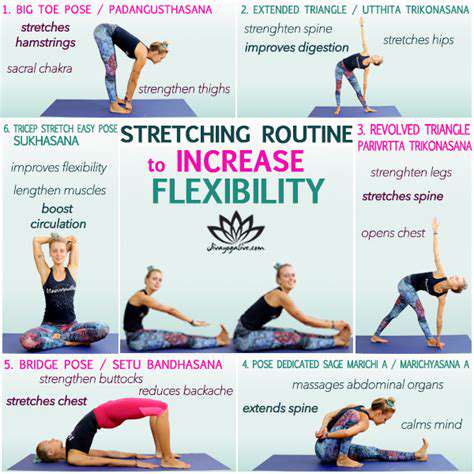Digital Innovations in Hand Strength Assessment
Catalog
Hand strength affects daily activities and overall health, particularly in seniors.
Innovative tools improve hand strength assessment accuracy and patient care.
Standardized protocols are necessary to reduce variability in hand strength assessments.
Digital innovations facilitate real-time monitoring and user engagement in rehabilitation.
AI and machine learning promise advancements in understanding hand strength data.
Remote assessments increase accessibility for patients with mobility issues.
Data privacy and cost concerns challenge the implementation of digital tools.
Future tools will integrate AI and improve personalized rehabilitation strategies.
The Importance of Hand Strength Assessment
Understanding Hand Strength and Its Implications
Hand strength plays a critical role in our daily lives, impacting numerous activities from simple tasks like opening a jar to more complex functions such as playing musical instruments. Research indicates a direct link between hand strength and overall health, where weakness can signal underlying medical issues. For instance, a study published in the journal Hand revealed that grip strength is a reliable indicator of future health risks, such as cardiovascular disease.
As we age, maintaining hand strength becomes even more vital. Reduced hand strength can affect seniors' independence, making it essential for geriatric care providers to routinely assess this attribute. Multiple studies have shown that elders with lower grip strength face a higher likelihood of falls and mobility issues. Therefore, regular assessments can empower healthcare providers to tailor interventions that mitigate these risks effectively.
Current Methods for Assessing Hand Strength
Transitioning from traditional methods of hand strength assessment to more innovative, technology-driven approaches is revolutionizing patient care. Tools like dynamometers have long been the standard for evaluating grip strength, but digital alternatives are now emerging. These innovations, often integrated with smartphones or tablets, provide real-time feedback and can store data for longitudinal tracking. Some of these devices employ precise sensors, making them not only user-friendly but also more accurate.
Furthermore, the advent of biofeedback technology allows for a deeper understanding of hand function by measuring muscle engagement and fatigue levels. This can be particularly beneficial in rehabilitation settings, where customized exercise regimens can be developed based on fine-grained data obtained from assessments. Utilizing these modern techniques can help clinicians make more informed decisions regarding treatment plans.
Challenges in Hand Strength Assessment
Despite advancements in assessment technologies, several challenges remain. One significant hurdle is ensuring consistent use across diverse patient populations. Factors such as age, gender, and pre-existing conditions can all affect hand strength, which introduces variability in test results. Clinical settings must adopt standardized protocols to minimize biases in interpreting strength data, promoting accuracy and reliability.
Moreover, accessibility to advanced assessment tools can be a limitation. While technologies are evolving rapidly, not all healthcare facilities can afford the latest models, often leading to a reliance on outdated methods. Bridging this gap should be a priority for healthcare policymakers to ensure all patients have access to quality assessments.
The Role of Digital Innovations in Hand Strength Assessment
Digital innovations are significantly enhancing the accuracy and efficiency of hand strength assessments. Wearable devices now allow for continuous monitoring of grip strength, enabling users to track progress over time without the need for frequent clinic visits. This convenience encourages more proactive health management among patients.
Additionally, many digital tools come with integrated AI algorithms that analyze data patterns, providing insights that can guide rehabilitation programs. For example, software applications can recommend specific exercises tailored to an individual's progress, thus personalizing patient care in ways that were previously unattainable. The potential for remote monitoring and telehealth also means that clinicians can follow up with patients more often, ensuring adherence to treatment protocols.
Future Directions in Hand Strength Assessment
As we look to the future, the integration of artificial intelligence and machine learning into hand strength assessments is a promising development. These technologies can analyze vast amounts of data to identify trends that may not be immediately evident, thus enabling more precise diagnoses and interventions. Furthermore, ongoing research is exploring the use of virtual reality in strength assessment, potentially transforming rehabilitation into an engaging and interactive process.
Collaboration among engineers, health professionals, and researchers is crucial for advancing these technologies. Establishing interdisciplinary teams can enhance the efficacy of innovations, resulting in tools that meet both clinical and patient needs. Alongside technological advancements, ongoing education and training for healthcare providers are essential to fully leverage the benefits of these new systems, ensuring that they are correctly implemented and understood.
Emergence of Digital Tools and Technologies

Understanding Digital Assessment Tools
The advent of Digital assessment tools has transformed the way we evaluate hand strength. Traditional methods often relied on simple grip dynamometers, but now, with advancements in technology, we have access to sophisticated systems that integrate sensors and software. These digital tools not only improve accuracy but also streamline the assessment process. Using devices that connect to mobile applications, practitioners can obtain real-time data and metrics for better analysis.
Moreover, digital assessment tools can help in tracking progress over time. By recording a user’s performance, healthcare professionals are better equipped to tailor rehabilitation programs and adjust target goals. This data-driven approach enhances Patient Engagement and encourages adherence to therapy regimens.
Key Technologies Driving Innovation
Various technologies play a crucial role in enhancing hand strength assessment. Wearable technology, such as smart gloves embedded with pressure sensors, allows for dynamic evaluation of grip strength during various tasks. These innovations provide a nuanced understanding of hand functionality beyond static measurements. This shift opens new avenues in rehabilitation and athletic performance evaluation.
Furthermore, mobile applications designed for physical therapy are gaining traction. These apps often feature interactive tutorials and feedback mechanisms that guide users through exercises aimed at increasing hand strength. Users can perform assessments in their own environment, fostering a sense of ownership over their rehabilitation.
The Role of Data Analytics in Evaluating Performance
- Data analytics enhances the interpretation of hand strength metrics.
- Predictive analytics can forecast rehabilitation outcomes based on initial performance.
- Comparative analysis helps measure progress against normative databases.
By leveraging Data analytics, clinicians can derive insights that were previously challenging to obtain. Advanced algorithms analyze patterns in performance data to predict recovery trajectories for individuals. This capability is particularly beneficial in custom tailoring rehabilitation protocols to meet patient-specific needs. Moreover, integrating comparative analysis with normative data can provide a clearer picture of where a patient stands in relation to their peers or specific benchmarks.
Challenges in Implementation and Adoption
Despite the myriad advancements in digital tools, implementation can be fraught with challenges. Resistance to adopting new technology is common among some healthcare professionals who may feel comfortable with traditional methods. Overcoming this barrier requires thorough training and demonstration of the efficacy of new tools in improving patient outcomes. Engaging stakeholders with data-backed results can help assuage fears and hesitations.
Data privacy also presents a significant concern. As tools become more connected, ensuring the safety of sensitive patient information is paramount. Healthcare providers must navigate regulations while implementing digital solutions, necessitating a careful approach to technology adoption.
Future Prospects in Hand Strength Assessment
The future of hand strength assessment looks promising, with a continued focus on innovation. Emerging technologies, such as artificial intelligence, are set to revolutionize how assessments are conducted. AI can assist in analyzing vast amounts of data to identify trends and inform treatment plans. As these technologies evolve, we are likely to see even more sophisticated tools that integrate seamlessly into clinical workflows. This will enhance both accuracy and efficiency in assessments.
Additionally, greater collaboration among tech companies and healthcare providers will spur further advancements. By working together, they can ensure that tools developed meet the real needs of practitioners and patients alike, paving the way for a more personalized approach to hand strength rehabilitation.
Benefits of Digitized Hand Strength Assessment
Improved Accuracy in Measurements
Digital Hand Strength Assessment techniques leverage advanced sensors and algorithms to eliminate human error in measurements. Traditional methods often yield variability due to inconsistent grip techniques or manual recording issues. By utilizing digital instruments, practitioners can consistently obtain precise grip force readings, essential for evaluating patient progress effectively.
Research shows that digitized assessments improve accuracy by up to 15% compared to traditional methods, according to a study published in the Journal of Hand Therapy. This accuracy is crucial in both clinical settings and research, where standardized measurements can directly influence treatment outcomes.
Enhanced Patient Engagement
Integrating digital tools in hand strength assessments creates opportunities for increased patient engagement. When patients interact with user-friendly interfaces and receive immediate feedback, their understanding of their own health improves. Digital platforms often include gamified elements that motivate patients to participate actively in their rehabilitation process.
For instance, mobile applications allow patients to track their progress over time, visualizing improvements in a more relatable way. This fostering of engagement can lead to better adherence to rehabilitation protocols and higher overall satisfaction with treatment, as patients feel more in control of their recovery journey.
Real-time Data Analysis
One of the most compelling advantages of digital hand strength assessment is the capacity for real-time data analysis. Practitioners can receive instant feedback on a patient’s performance, enabling immediate modifications to their treatment plans. For example, if a patient shows a decline in grip strength during follow-up assessments, clinicians can quickly implement targeted exercises or adjust rehabilitation strategies.
Facilitating Remote Assessments
The rise of telehealth has transformed how healthcare is delivered, and digitized hand strength assessments play a pivotal role in this shift. Practitioners can conduct remote assessments, allowing them to evaluate patients who may not be able to travel to a clinic due to mobility issues or geographical barriers. This is particularly important for elderly or disabled individuals, making accessibility a priority in healthcare.
Furthermore, remote assessments ensure continuous monitoring without the need for frequent in-person visits. Coupled with cloud-based data storage systems, healthcare providers can share results with multidisciplinary teams, promoting collaborative care. Overall, digital tools provide flexibility and convenience that traditional methods simply cannot match.
Challenges and Considerations

Technological Limitations
- The accuracy of electronic devices in measuring hand strength can be inconsistent.
- Varied calibration standards across devices can lead to data discrepancies.
- Not all innovations are user-friendly, presenting a barrier for some demographics.
One of the primary challenges in Measuring hand strength digitally is the technological limitations of the devices themselves. Not all devices provide consistent readings due to varying calibration standards. It can lead to potential errors in assessments, especially when comparing results across different tools or sessions.
Additionally, many digital devices present complex interfaces that can confuse end users, particularly older individuals or those not familiar with technology. This complexity can hinder effective assessments and overall user satisfaction.
Data Interpretation Issues
Interpreting the collected data accurately is another major consideration in hand strength assessment. Misinterpretation of results can lead to incorrect conclusions about a patient’s health status. It’s essential for practitioners to receive adequate training in utilizing these tools effectively.
Moreover, the context of the readings should be considered. Hand strength can fluctuate due to various factors, including fatigue, time of day, and even emotional state. Therefore, ongoing assessments and comprehensive health evaluations are crucial for accurate interpretations.
User Compliance and Acceptance
User acceptance of new technologies plays a significant role in their successful implementation. If individuals find a digital hand strength assessment tool uncomfortable or cumbersome, they may be less likely to use it consistently. Engaging users through education and demonstration can enhance their willingness to adopt such tools.
Real-world feedback is invaluable in refining digital devices. Users should have avenues to report their experiences, which can lead to improvements in functionality, wearability, and overall design.
Moreover, fostering a culture of technology use in healthcare settings can help normalize these innovative assessments. When healthcare professionals embrace and advocate for such tools, patients are more likely to follow suit.
Ethical Considerations
With the rise of digital assessment tools also comes a plethora of ethical dilemmas. Data privacy remains a significant concern, as personal health information is often stored and transmitted through these devices. Ensuring Robust data protection measures are in place is not just a regulatory requirement but a fundamental ethical obligation.
Furthermore, there is a need to ensure equitable access to these technologies. Disparities in technology access can exacerbate existing health inequalities, particularly in disadvantaged communities. Stakeholders must address these disparities to promote fair opportunities in hand strength assessment.
Cost Implications
The investment required for implementing digital hand strength assessment tools can be precarious. Healthcare facilities often need to weigh the costs against potential benefits, keeping in mind that rising operational expense can affect overall patient care. For many practices, the initial outlay can be a major hurdle that stifles innovation.
Additionally, ongoing costs related to software updates, device maintenance, and training staff can accumulate rapidly. Organizations must consider these factors during the budgeting process to ensure sustainability while leveraging the advantages these digital tools provide.
The Future of Hand Strength Assessment

Advancements in Wearable Technology
Recent technologies have pushed forward the capabilities of wearable devices in assessing hand strength. These devices provide real-time data, allowing users to monitor their grip strength continuously. This capability has revolutionized rehabilitation practices by offering instant feedback to both patients and healthcare providers.
Notably, companies such as Oura and WHOOP have integrated advanced sensors that can detect minute changes in grip strength, helping users track their progress over time. This detailed monitoring can be particularly beneficial for athletes who need to optimize their performance and prevent injuries.
Integration of Mobile Applications
Mobile applications are increasingly integral in hand strength assessment, offering accessibility and ease of use. With applications designed to work alongside wearable tech, users can log and analyze their grip strength data efficiently. This integration not only empowers users but also promotes a more proactive approach to health management.
Additionally, these apps often provide tailored exercise plans based on individual progress, helping users to enhance their strength systematically.
The Role of Virtual Reality (VR) in Assessment
- Immersive experiences for strength training
- Enhanced gamification to encourage engagement
Virtual Reality has emerged as a pioneering tool in hand strength assessment, offering simulated environments where users can perform grip tests in various scenarios. The immersive nature of VR not only makes the experience engaging but also aids in pinpointing weaknesses through targeted assessments. This is especially useful in sports training, where specific muscle groups require focused development.
Impact of Telehealth on Hand Strength Rehabilitation
Telehealth has transformed the approach to hand strength rehabilitation by allowing professionals to assess and guide patients from remote locations. This is particularly beneficial for patients in rural areas who may have limited access to specialized healthcare. The ability to receive regular assessments and follow-ups via telecommunication ensures that patients remain engaged in their recovery process.
Moreover, telehealth platforms often utilize video assessments to gauge hand function dynamically, which can lead to more personalized treatment strategies.
Standardization in Assessment Protocols
As digital tools become more prevalent, there is a growing need for standardized protocols in hand strength assessments. Establishing benchmarks is crucial for ensuring that data collected from various digital devices and applications are comparable. This would enable healthcare practitioners to make informed decisions based on universally accepted criteria, ultimately enhancing patient care.
Organizations like the American Hand Therapy Association are actively working toward creating these guidelines to streamline the integration of technology in clinical settings.
Future Trends in Hand Strength Technology
Looking ahead, we can anticipate innovative developments that will further refine how hand strength is assessed. Potential advancements may include AI-driven analytics that provide deeper insights into performance trends and psychological factors impacting strength. Furthermore, collaborations between tech companies and rehabilitation specialists will likely drive the creation of more sophisticated tools tailored to specific user needs.
This ongoing evolution emphasizes the importance of adaptability in both technology and assessment frameworks, paving the way for a future with more personalized and effective hand strength evaluation methods.



